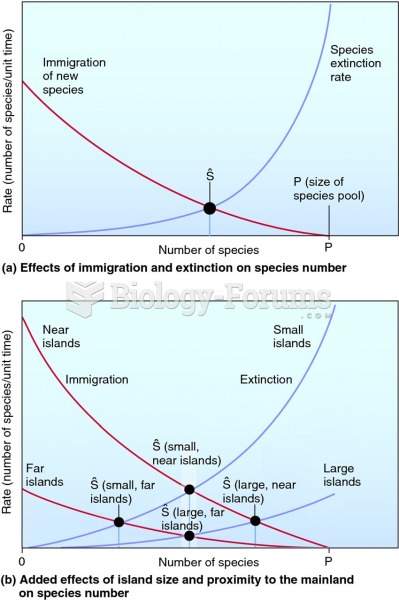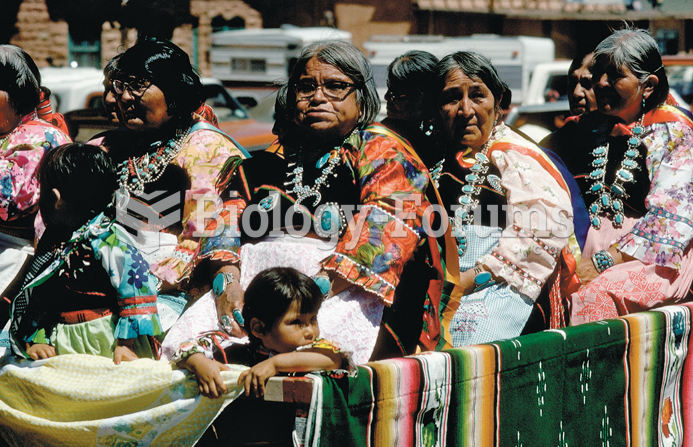Answer to Question 1
a
Answer to Question 2
In preindustrial societies, the primary form of social organization is
through kinship ties. Kinship refers to a social network of people based
on common ancestry, marriage, or adoption. Through kinship networks,
people cooperate so that they can acquire the basic necessities of life,
including food and shelter. Kinship systems can also serve as a means
by which property is transferred, goods are produced and distributed,
and power is allocated. In industrialized societies, other social institutions
fulfill some of the functions previously taken care of by the kinship
network. Consequently, families in industrialized societies serve fewer
and more-specialized purposes than do families in preindustrial
societies. Contemporary families are responsible primarily for regulating
sexual activity, socializing children, and providing affection and
companionship for family members. The family of orientation is the family
into which a person is born and in which early socialization usually takes
place. By contrast, the family of procreation is the family that a person
forms by having or adopting children. In the United States, although many
young people leave their family of orientation as they reach adulthood,
finish school, and/or get married, recent studies have found that many
people maintain family ties across generations, particularly as older
persons remain actively involved in relationships with their adult children.
Sociologists distinguish between extended and nuclear families based
on the number of generations that live within a household.
An extended family is a family unit composed of relatives in addition to parents
and children who live in the same household. These families often include
grandparents, uncles, aunts, or other relatives who live close to the parents
and children, making it possible for family members to share resources. In
horticultural and agricultural societies, extended families are extremely
important; having a large number of family members participate in food
production may be essential for survival. With the advent of industrialization
and urbanization, maintaining the extended family pattern became more
difficult in societies. Increasingly, young people moved from rural to urban
areas in search of employment in the industrializing sector of the economy. A
nuclear family is a family composed of one or two parents and their
dependent children, all of whom live apart from other relatives.







